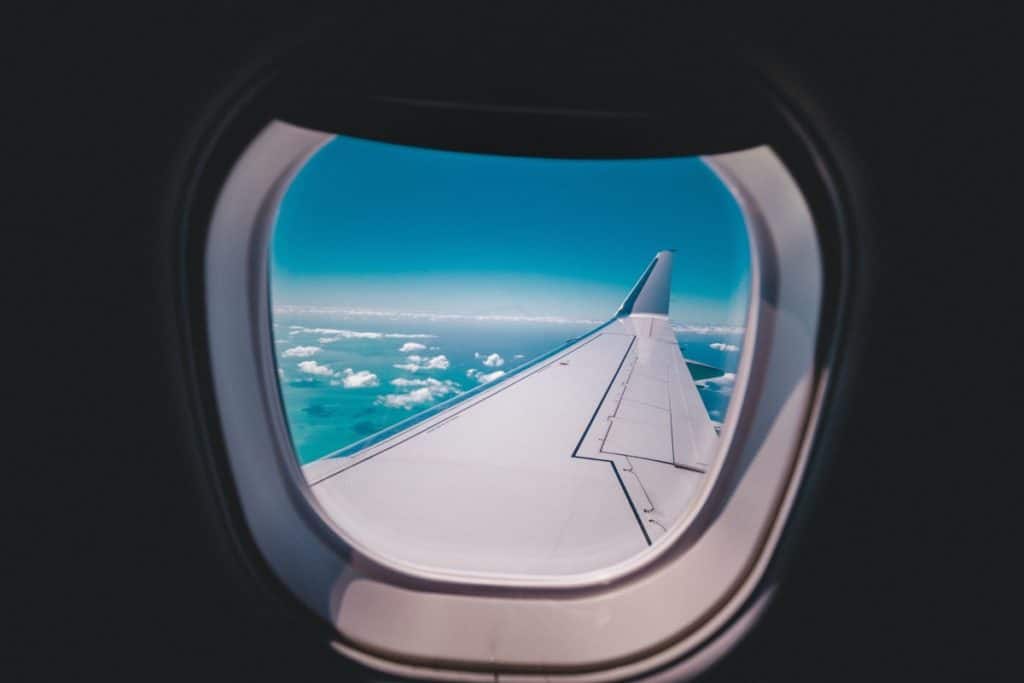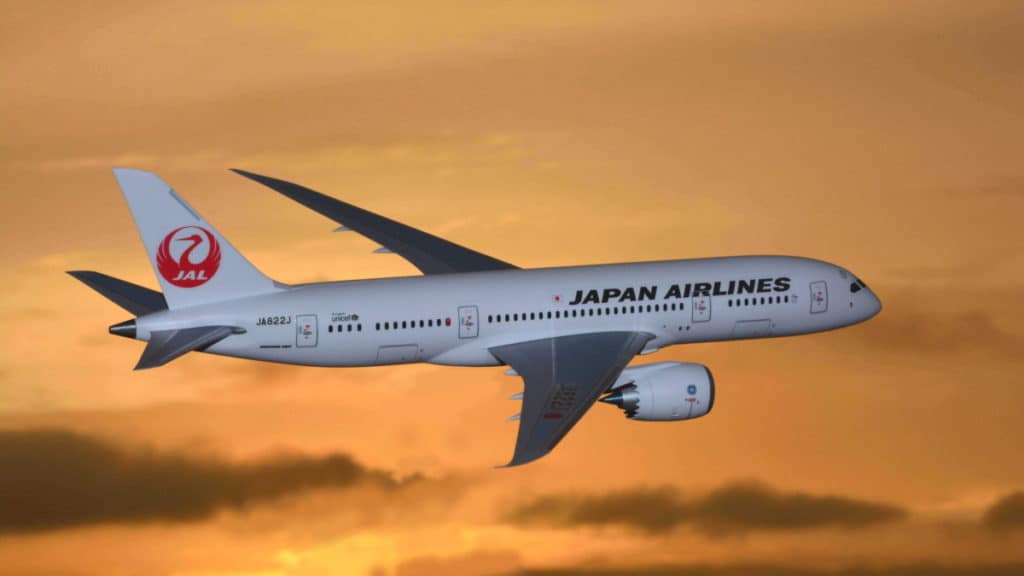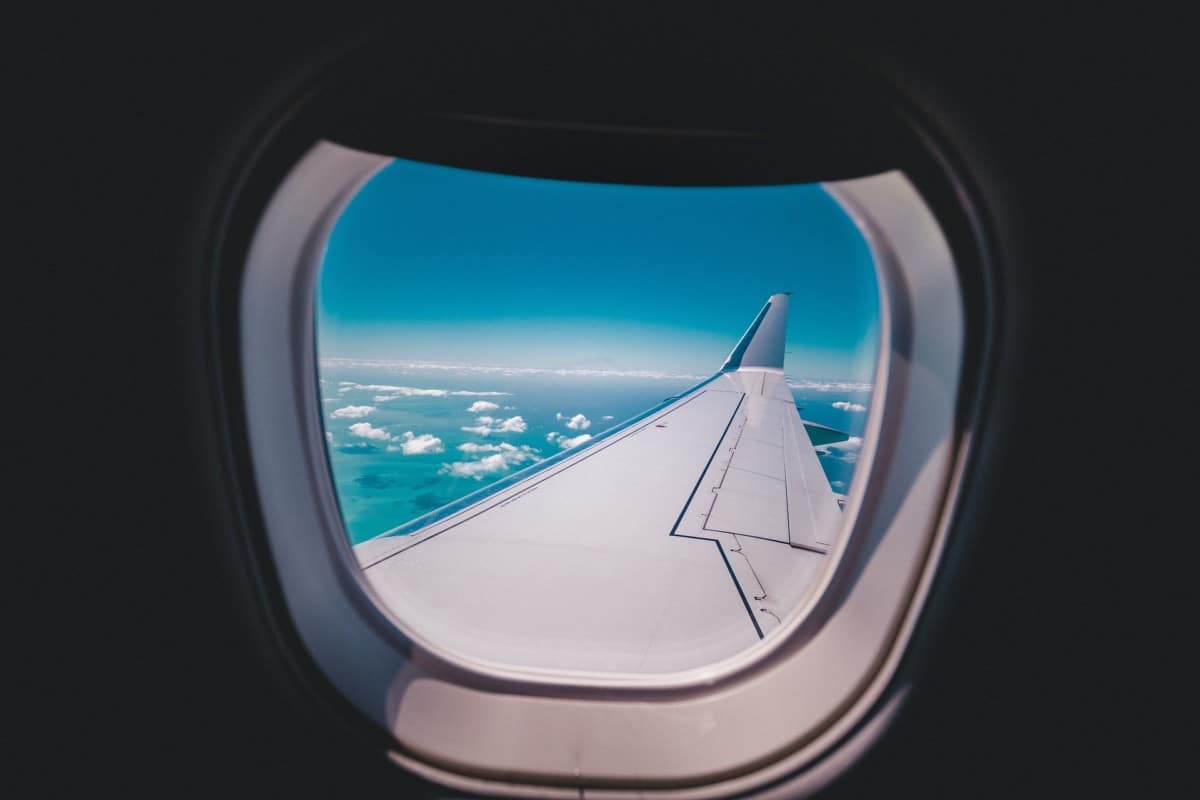
If you’ve ever boarded a passenger plane, you’ve likely noticed the small, porthole-like windows lining the aircraft. These windows make it easy for passengers to view their surroundings and enjoy marvelous cruising height views. But why are these plane windows so tiny?
Plane windows are small because they reduce aircraft weight, strengthen the aircraft fuselage and reduce the chance of catastrophic pressure differences if a window pops out during flight. These windows are designed as such to increase the safety of passenger flights.
In this article, we’ll discuss the most significant reasons why passenger plane windows are small, helping you better understand the importance of tiny plane windows. We’ll then cover a little bit about their shape and why some private jets have larger windows.
Can Planes Have Bigger Windows?
Planes can have bigger windows, but since they’re designed to maintain pressure and safety, it’s unlikely many aircraft manufacturers will make such a change on standard passenger-carrying airplanes. Aircraft need to be pressurized to fly, and having oversized windows will make this more complex and more expensive.
Boeing is the only manufacturer in recent years to increase the window size on its 787 Dreamliner. Having a completely composite fuselage allowed the designers to slightly increase the window size.
To discover why plane windows are small, we must first address how windows affect an aircraft. After all, aircraft engineers work diligently to ensure that every component of an airplane is beneficial in some way.
Notably, cargo planes seldom have windows on the sides due to the lack of passengers and the fact that adding windows means you also need to strengthen the fuselage, making it much heavier as a result. The space where the windows would be are either filled in with sheet metal if the airplane is being converted from a passenger to cargo aircraft, or the windows and frames are never installed on the production line.
Passenger-carrying aircraft all include windows to allow passengers to see outside which helps with boredom, anxiety, and claustrophobia, they also double as a safety measure. Flight attendants can look through the windows to check for potential threats in the event of an emergency, they can check to see if it is safe to open a certain exit using the window.
That said, windows do come with a handful of significant drawbacks. Let’s take a look at some of these in more detail below.

Join My Newsletter & Get Great Tips, Information and Experiences To Help You Become a Superb Pilot!
Windows Add Weight to an Aircraft
Windows on passenger planes consist of three layers of acrylic. These layers help protect the aircraft and its passengers by regulating pressure differences. While acrylic is relatively lightweight, the multiple layers add up to about 8lbs (4kg) per window.
When you multiply this weight by the total number of windows on a passenger plane (typically, there are about 80 or more), you end up with an added weight of about 640lbs (290kg).
So, larger windows would increase this weight gain, impacting fuel burn. This increase in fuel burn adds up over the operating life of the airplane.
Most commercial planes consist of lightweight materials that reduce overall aircraft weight. This is crucial, as weight impacts:
- Flying distance
- Fuel efficiency
- Balance
- Climb performance
For these reasons, every major airline restricts the amount of cargo allowed on board during a flight. So one could argue that adding weight in the form of larger windows would cut that cargo allowance even further.
Learn More…
Try These Articles:
* Why Do Some Airplanes Turn Immediately After Takeoff?
* Aircraft Cockpits: Why Are There So Many Buttons!!?
Windows Reduce Fuselage Strength
The largest portion of a passenger plane is the passenger cabin section of the fuselage. Typically, a commercial plane’s fuselage is studded with several dozen rows of small windows. But the more windows there are, the weaker the fuselage will become.
Aircraft fuselages are typically made of lightweight, sturdy aluminum alloy. This material allows them to remain rigid, helping them withstand high speeds, turbulence, and significant pressure differences. But when you cut openings into this frame, you’re weakening its overall strength. To overcome this weakening of the fuselage the aircraft designers increase the structure around each window to help minimize and disperse fatigue stresses.
Like cutting into a house’s wooden frame, you diminish the overall structure by adding holes.
Now imagine doubling the size of those windows. That’s an extra 16lbs (8kg) per window (at least), plus all the additional internal structure needed. When Boeing went to an all-composite fuselage, this really changed how windows could be incorporated as the need for additional structure was greatly reduced.

Windows Can Lead to Pressurization Dangers
Airplane windows are specifically designed to regulate pressure differences as the aircraft rises and falls.
According to MAC Instruments:
- Air density at sea level is about 0.0765 lb/ft3 (1.225 kg/m3).
- At cruising altitude (about 30,000ft/9144m), air density is only about 0.022lbm/ft3.
As such, air pressure decreases as altitude increases. Therefore, the air pressure inside a passenger plane needs to be higher than outside for the passengers to fly comfortably. For this reason, most passenger aircraft are pressurized as if that person was standing on the top of a 6000 foot mountain.
If a plane window suddenly detaches during a flight, this pressure difference will cause an explosive vacuum effect as the air pressure equalizes, making it difficult for people to breathe and suck anything that is not fixed out of the window.
Fortunately, small windows keep this effect minimal. But large windows could result in passengers and larger materials being sucked out of the plane and into the engine, horizontal stabilizers, or rudder causing further damage to the aircraft.
Learn More…
Try These Articles:
* Vertical Tail Fins – Why Do Aircraft Have Them?
* Why Do Airplanes Need to Be Towed & Pushed?
Why Are Plane Windows Not Square?
Plane windows are not square because sharp corners create weak spots, which could lead to damage or failure at high speeds and when under pressure. In general, circular shapes are considered more robust as they do not have weak corners, and any pressure applied is better distributed.
The weaker areas would be exasperated in larger windows, making them another design feature the designers would have to address. This is why you see only see windows on large, corporate, or private jets that are either round, oval or have curved corners.
As mentioned, adding more oversized windows would be more expensive. That’s why you won’t see them on standard passenger flights any time soon. That said, it’s not uncommon to see bigger windows on more exclusive private jets and aircraft.
The reason is simple: they can afford it.
Manufacturers and private passengers are willing to pay the extra money required, whereas regular flyers are not.
To Finish
If plane windows were large, the plane’s fuselage would be weaker and more prone to bending during flight. Larger windows would also add weight to an aircraft, making it far less fuel-efficient.
Crucially, plane windows also affect the pressurization of the cabin. So if a small plane window detaches and falls off during a flight, the pressure difference between the cabin and the outside air wouldn’t pull passengers and interiors outside of the plane.
But if a large plane window popped out during a flight, it could increase this pressurized pull, putting passengers’ lives in danger.


